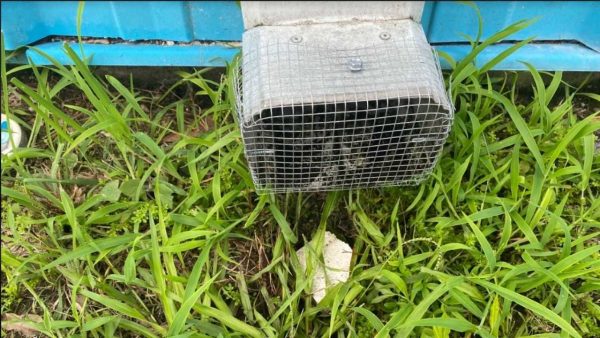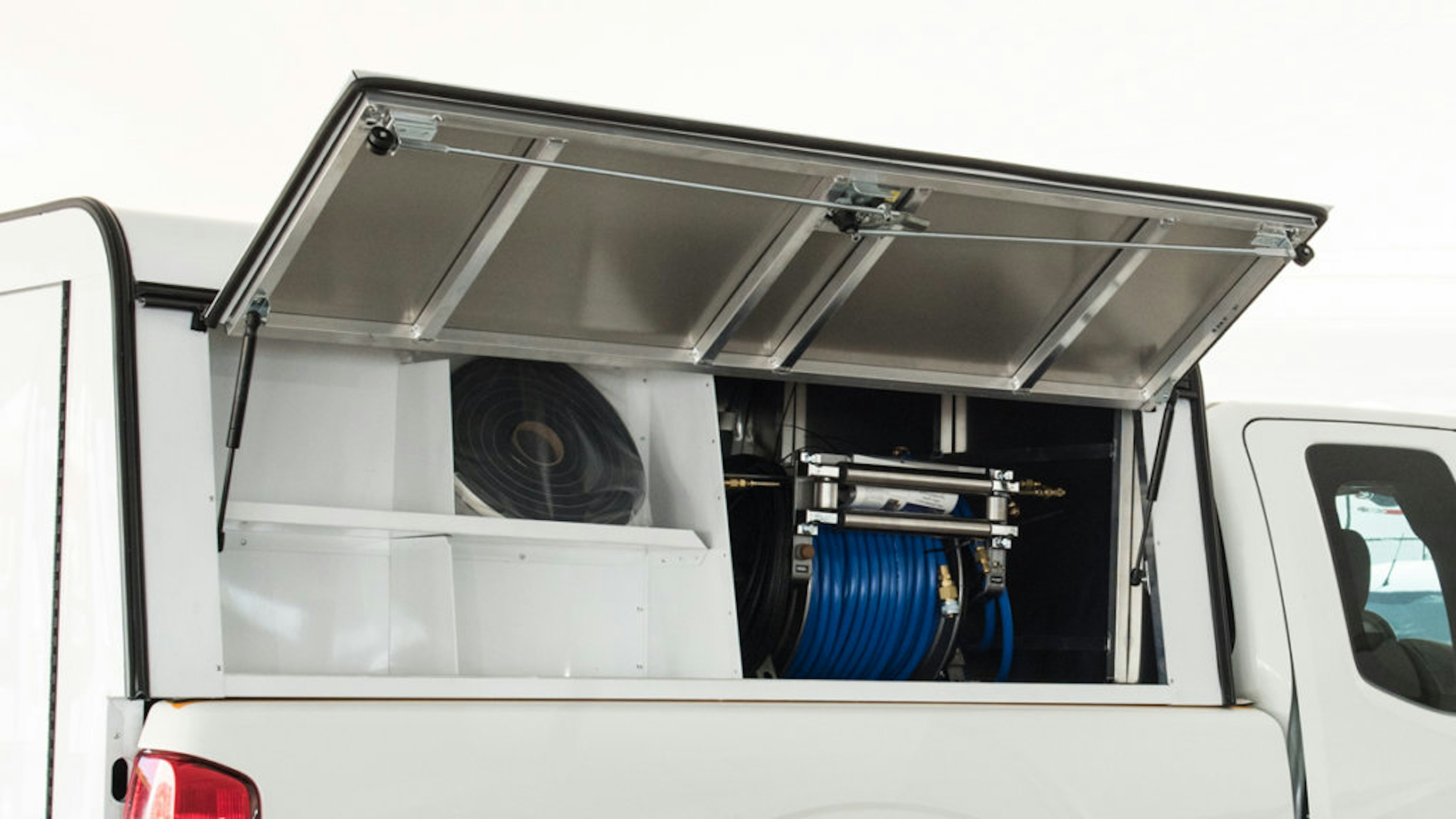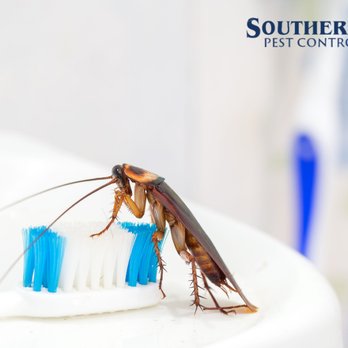Trusted Rodent Control Port Charlotte to Keep Your Property Free from Pests
Learn More About the current Breakthroughs in Parasite Control and Just How to Implement Effective Treatment Solutions
In recent years, the field of insect control has seen considerable improvements, driven by the need for efficient and sustainable treatment remedies. Cutting-edge methods such as Integrated Parasite Monitoring (IPM) incorporate eco-friendly methods with cutting-edge innovation, boosting both efficacy and environmental duty.
Eco-Friendly Bug Control Options
In the last few years, the demand for green pest control alternatives has risen as companies and house owners alike look for sustainable options to standard chemical treatments. This change is driven by growing ecological recognition and a desire to reduce the health risks associated with artificial chemicals.

Environmentally friendly pest control techniques encompass an array of approaches that focus on using natural compounds and techniques. Integrated Parasite Management (IPM) is one such method, integrating biological, cultural, and mechanical tactics to handle pest populations while reducing dependence on chemicals (Wildlife removal services). This alternative method stresses prevention via environment manipulation and the intro of natural predators, consequently promoting a balanced ecosystem
One more prominent alternative is making use of botanical pesticides stemmed from plants, which tend to be less damaging to non-target organisms. Products like neem oil and diatomaceous planet have acquired traction for their performance in regulating bugs while positioning minimal threats to human wellness and the atmosphere.
Furthermore, exemption strategies, such as securing entry points and preserving sanitation, play an essential function in eco-friendly bug monitoring. By adopting these sustainable techniques, companies and people can properly manage insects while promoting a much healthier planet for future generations.
Smart Technology in Pest Monitoring
Advancement is reshaping the landscape of parasite management, with smart technology becoming a pivotal force in enhancing efficiency and effectiveness - Wildlife removal services. The integration of Internet of Things (IoT) gadgets, artificial knowledge (AI), and information analytics is changing how bug control specialists approach problems
Smart traps furnished with sensing units can identify bug activity in real-time, sending out immediate informs to drivers. This enables prompt responses, reducing damages and lowering the requirement for comprehensive therapies. In addition, AI algorithms evaluate historical information to forecast pest habits, enabling aggressive interventions based upon ecological conditions and invasion patterns.
Drones and computerized vehicles are also playing a considerable function in pest monitoring, offering airborne assessments of large locations, recognizing hotspots, and even distributing targeted treatments. These technologies not only streamline operations but additionally boost safety by restricting human exposure to possibly damaging chemicals.
Additionally, mobile applications encourage consumers to monitor bug activity and accessibility professional recommendations, fostering a joint technique to pest administration. In general, the fostering of smart innovation is establishing a new requirement in parasite control, emphasizing data-driven choices and lasting practices that eventually profit both professionals and homeowners alike.
Integrated Insect Monitoring Techniques
Integrated Parasite Administration (IPM) employs an alternative approach to pest control, integrating various methods to properly handle bug populations while reducing threats to human health and the atmosphere. IPM focuses on comprehending the pest life process, their all-natural adversaries, and the environment in which they thrive.
One of the essential components of IPM is checking pest populations via normal evaluations and information collection. This permits the identification of pest thresholds, identifying when treatment is essential. Social techniques, such as plant hygiene, habitat, and turning control, are vital in reducing insect occurrence and advertising plant wellness.
Mechanical controls, consisting of catches and barriers, are also crucial in IPM. These approaches can physically remove or hinder bugs without making use of chemicals. When needed, the wise application of chemical controls is employed, concentrating on targeted therapies that reduce ecological impact.
Education and learning and partnership amongst stakeholders, including farmers, insect control experts, More Help and the area, are essential for the effective execution of IPM approaches. By prioritizing sustainable practices, IPM not only addresses pest issues yet additionally cultivates a much healthier environment.
Biological Control Techniques
Various biological control approaches are significantly recognized for their effectiveness Continued in handling insect populations while promoting ecological equilibrium. These methods harness all-natural predators, parasites, and virus to reduce pest numbers without depending on synthetic chemicals. For instance, the intro of ladybugs can successfully control aphid populaces, while nematodes target soil-dwelling pest larvae.
Furthermore, making use of microbial pesticides, such as Bacillus thuringiensis (Bt), gives an environmentally pleasant choice for managing caterpillar bugs. These items particularly target pest species, minimizing damage to beneficial insects and pollinators. Moreover, conservation organic control stresses improving habitats for all-natural opponents, such as birds and helpful pests, therefore encouraging their visibility in farming systems.
Study continues to reveal innovative strategies within this area, such as making use of pheromones to interfere with pest mating patterns or the advancement of biocontrol representatives through genetic modification. Executing these approaches can result in sustainable bug administration methods that minimize the reliance on chemical interventions, inevitably cultivating healthier ecosystems. As awareness of these techniques expands, they are coming to be indispensable elements of integrated insect monitoring (IPM) approaches, using an equilibrium in between effective parasite control and environmental stewardship.
DIY Parasite Control Solutions
As homeowners seek reliable means to take on pest problems, do it yourself pest control remedies have obtained appeal for their accessibility and cost-effectiveness. These methods equip people to resolve problems making use of conveniently available materials and techniques, usually without the requirement for specialist treatment.

In addition, maintaining proper sanitation and regular assessments can protect against parasite entrance and nesting (Wildlife removal services). Easy practices, such as securing cracks, eliminating food sources, and decluttering, can considerably diminish parasite populaces. Catches, both homemade and commercially offered, can additionally provide effective options for monitoring and managing certain insects like rats or insects

Final Thought
The assimilation of green bug control choices, wise additional reading technology, and ingenious monitoring strategies offers an extensive strategy to reliable insect management. By accepting Integrated Bug Monitoring (IPM) and utilizing organic control approaches, alongside DIY options, liable and lasting pest control can be attained. These innovations not only enhance the performance of parasite administration techniques however additionally contribute to a healthier atmosphere. Implementing these approaches promotes a well balanced community while properly attending to pest populations.
Environment-friendly pest control techniques encompass a range of strategies that focus on the usage of all-natural compounds and techniques. Integrated Bug Monitoring (IPM) is one such approach, incorporating biological, cultural, and mechanical techniques to handle insect populations while decreasing reliance on chemicals. As recognition of these methods expands, they are becoming important elements of integrated parasite administration (IPM) approaches, using a balance in between efficient insect control and environmental stewardship.
The assimilation of green pest control options, clever technology, and cutting-edge management techniques presents a detailed technique to efficient bug administration. By welcoming Integrated Pest Management (IPM) and using biological control techniques, alongside DIY services, lasting and accountable parasite control can be achieved.